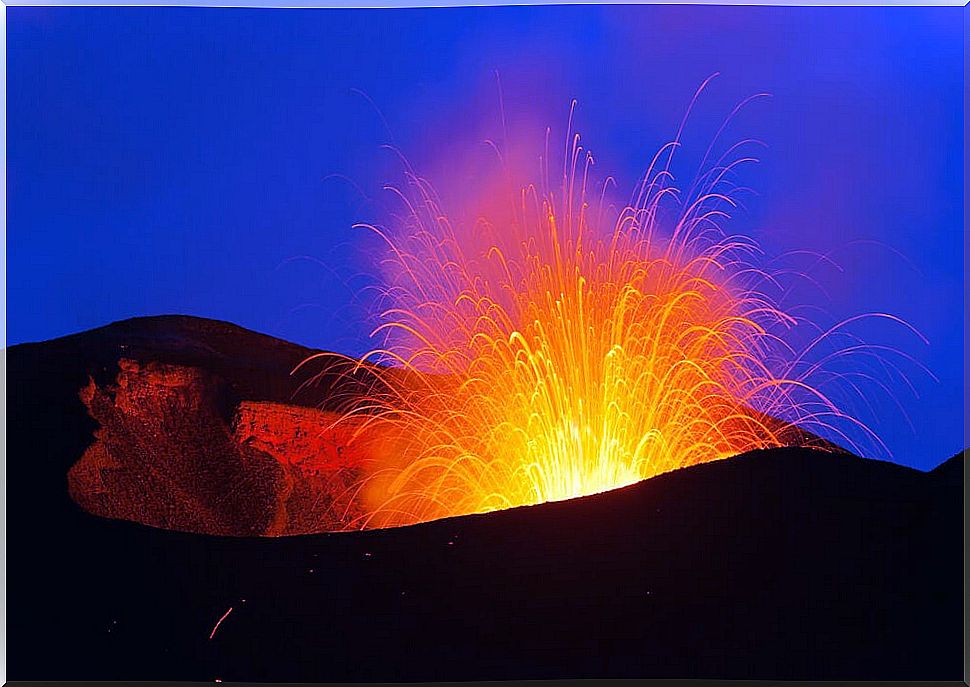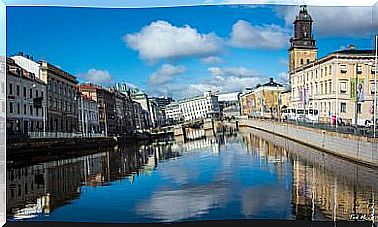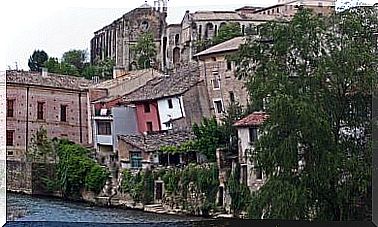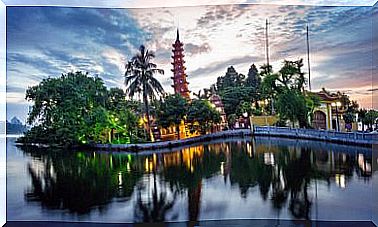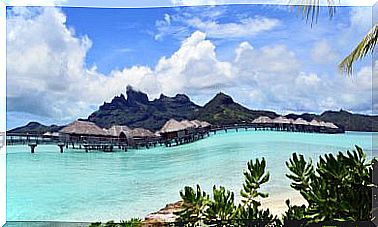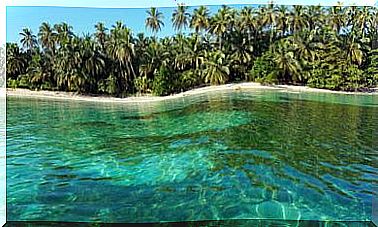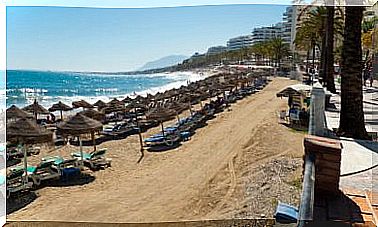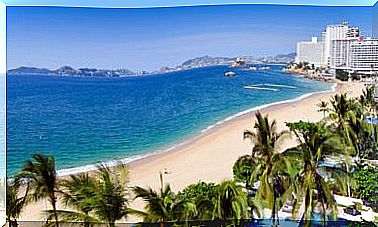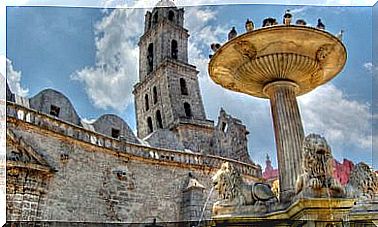The Lisbon Earthquake And Its Traces In Spain
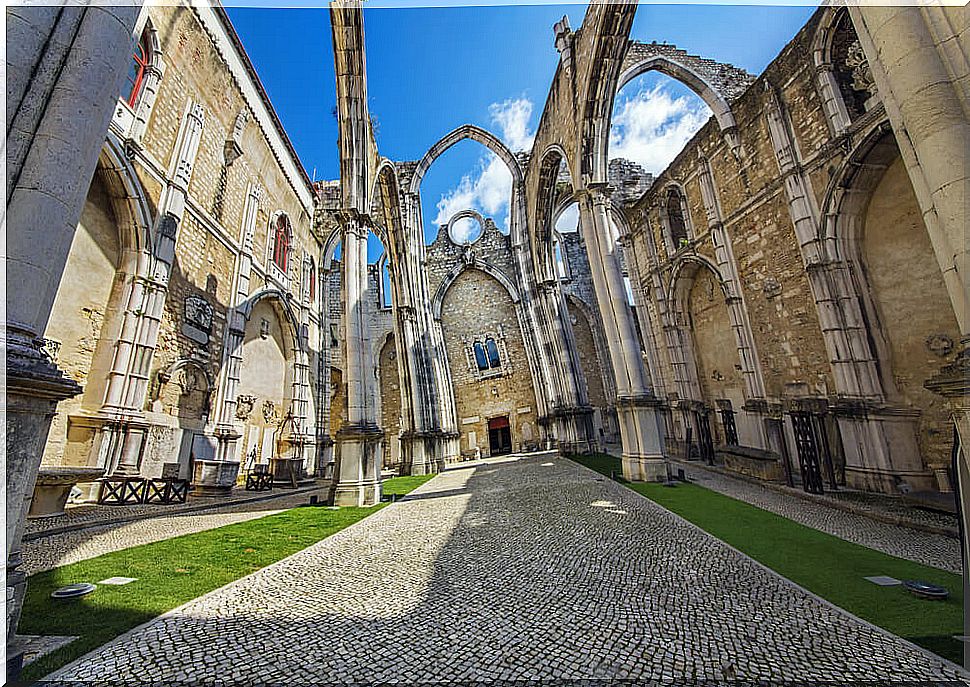
It was one of the great natural catastrophes in the history of Europe. The Lisbon earthquake of 1755 devastated part of Portugal, but its effects went much further and were felt in the rest of the Iberian Peninsula. Here we tell you where you can find the trace of this great earthquake.
The Lisbon earthquake
It happened on the morning of November 1, 1755, between 9:30 and 9:40 in the morning. The Lisbon earthquake is considered one of the deadliest in world history. And all, due to its long duration and its violence. Several studies estimate its intensity at about 9.9 magnitude.
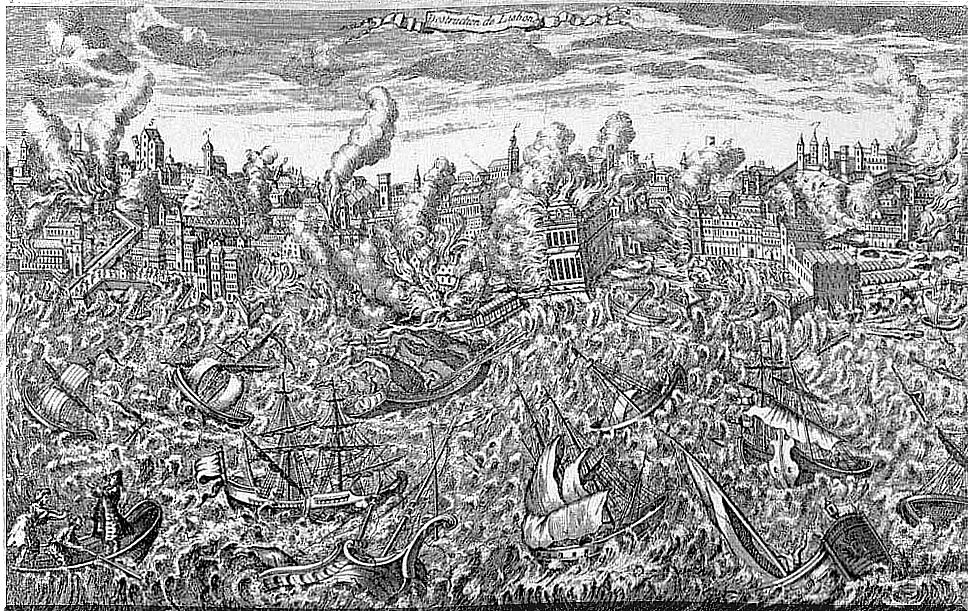
The epicenter would have been in the Atlantic Ocean, but very close to the Portuguese capital. For this reason, the huge earthquake was followed by a terrible tsunami that ended up devastating the city.
But there was more, because Lisbon suffered a tremendous fire. It originated from the candles lit in houses and churches, since it was the feast of All Saints. This combination caused the city to be completely devastated and around one hundred thousand people died.
In Spanish territory we can still find buildings that show cracks and damage that occurred due to the great earthquake of 1755. The areas of Andalusia and Castilla y León were the most affected.
His traces in the monuments of Andalusia
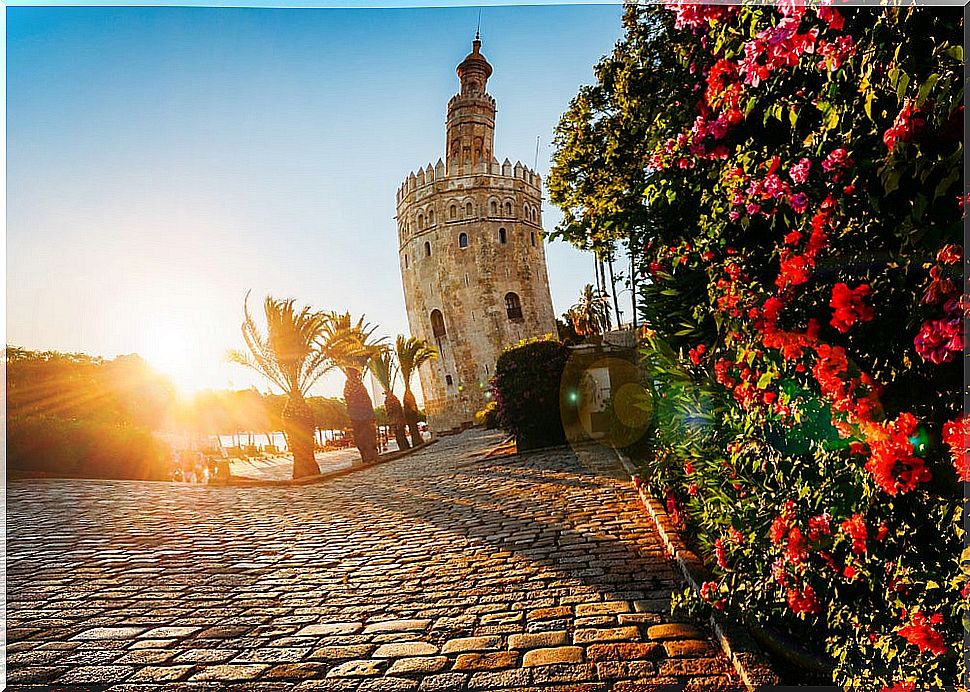
In Andalusia, the coasts of Huelva and Cádiz were practically destroyed by the earthquake, and also by the tsunami. In Huelva, in particular, the coast disappeared. Meanwhile, in Cádiz, the wall that protects the old area was greatly affected and areas of wall panels were lost in the port, the part most exposed to the onslaught of the sea.
The Castilnovo tower in Conil de la Frontera suffered partial collapse. It was part of a defensive group promoted by Don Alonso Pérez de Guzmán, who had been rewarded by King Sancho IV in 1295. It had a dual purpose: to prevent attacks by Muslims and to protect the tuna trap that was next to it and that also suffered the effects of the tsunami.
For its part, in Seville, the most affected was the Torre del Oro, which was devastated. So much so that it was debated for a long time whether to recover it or tear it down. Eventually, it was restored, albeit with a partially different image than it would have had before the earthquake.
And the damage reached the province of Jaén. There, the cathedral of Baeza suffered the collapse of part of the building and had to be raised again. Likewise, the inhabitants of Alcaudete castle had to flee, being abandoned, something that caused its gradual deterioration, which has not been stopped until a few years ago with its enhancement.
Effects of the Lisbon earthquake in other areas
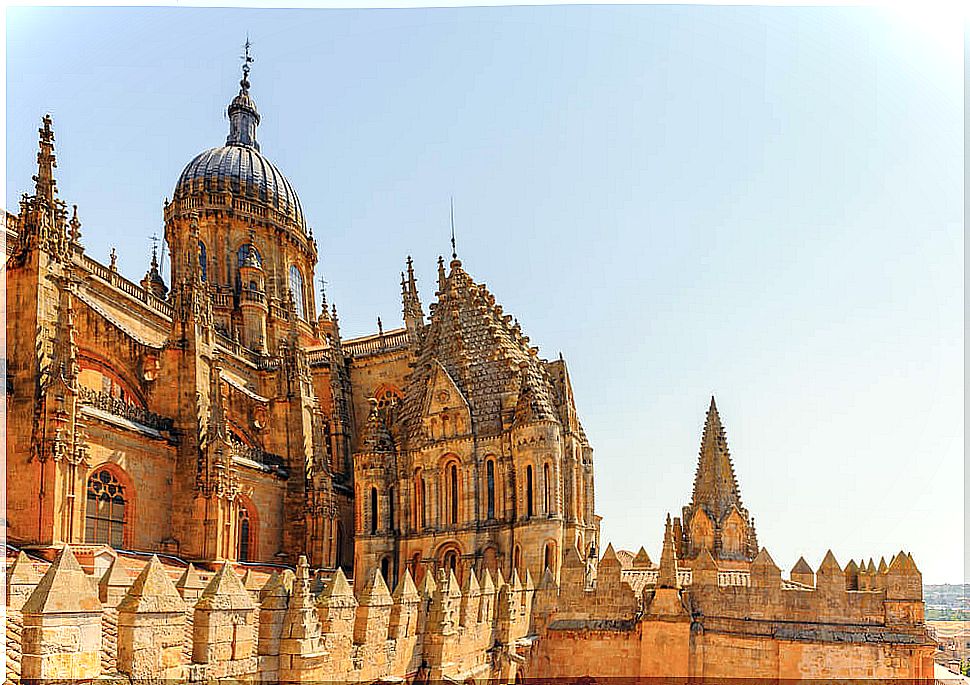
In Castilla y León, church towers and cathedrals also fared poorly. Thus, the tower of the Cathedral of Astorga, in León, almost collapsed, which did happen with the tower of the Cathedral of Valladolid. The Old Cathedral of Salamanca has also had injuries since then and the dome of the Clergy of this city is still slightly inclined due to the great earthquake.
The Torremormojón castle suffered worse luck, which ended up completely collapsing due to the damage caused during the earthquake. And the same happened with the Colegio Viejo de Salamanca.
For its part, in Castilla-La Mancha, the effects of this earthquake were also devastating. For example, the palace of the Marquis of Santa Cruz in El Viso lost its four corner towers. And the castle of Calatrava la Nueva was so damaged that it ended up being abandoned, a fact that led to its ruin.
In Extremadura, the dome of the Cathedral of Coria fell and buried several faithful who were listening to mass. Finally, in Catalonia, a large crack opened in the mountain of Montserrat. Thermal waters flowed from it, which is why the Puda de Montserrat spa was installed there.
Many more are the monuments of Spain that still preserve in their history the traces of the Lisbon earthquake of 1755. We encourage you to visit all the ones we have shown you and to discover others to add to this long list.
